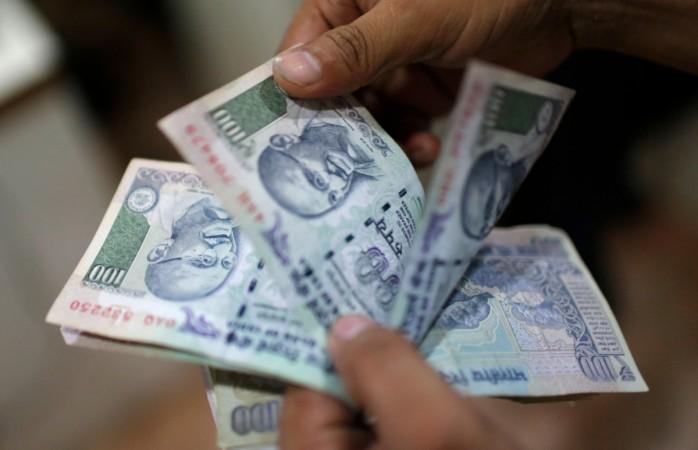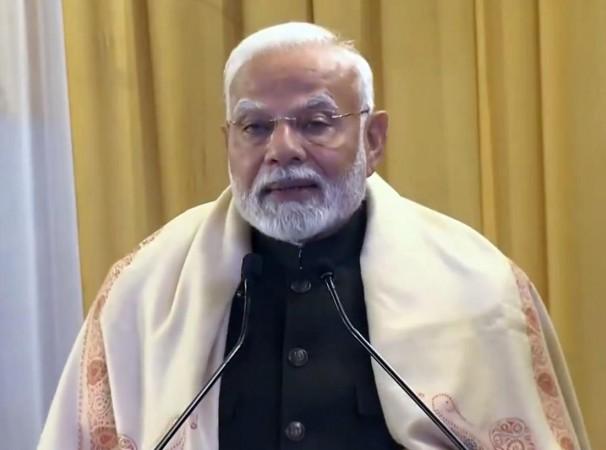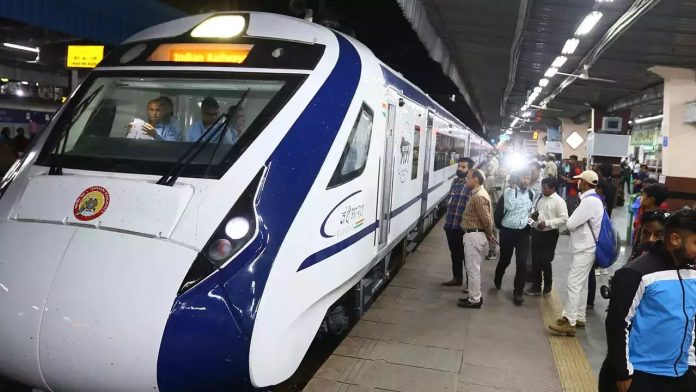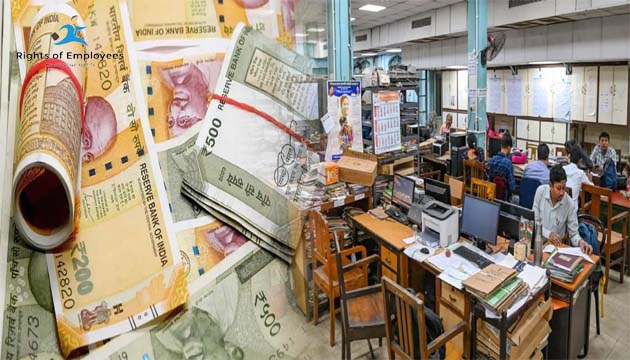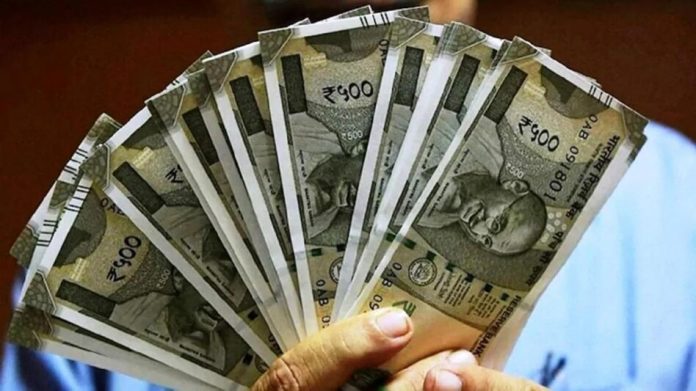
– Advertisement –
PM Modi has approved the formation of the Eighth Pay Commission for central government employees. The government has said that it will be implemented from the year 2026. The names of the chairman and two members of the Eighth Pay Commission will also be announced soon.
– Advertisement –
People were eagerly waiting for the Eighth Pay Commission. It was in the headlines for a long time. PM Modi has approved the formation of the Eighth Pay Commission for the employees of the Central Government. The government has said that it will be implemented from the year 2026. The names of the chairman and two members of the Eighth Pay Commission will also be announced soon. Earlier, the 7th Pay Commission was constituted in the year 2016. Union Minister Ashwini Vaishnav has given information about the release of the 8th Pay Commission. He said that the Seventh Pay Commission was implemented in the year 2016 and its tenure is till 2026.
When will it be implemented
The Eighth Pay Commission is to be implemented from the year 2026. In such a situation, the reason behind its announcement so early is that it has been constituted so early so that suggestions, recommendations etc. can be handled properly in time. Government employees were still getting salary under the Seventh Pay Commission. With the implementation of the Eighth Pay Commission, there are high hopes of increase in the salary of the Central Government employees. Under this, the government can increase the pension and allowances of retired employees. The exact date of formation of this commission has not been announced yet.
How much will the salary increase
Ashwini Vaishnav said that soon the chairman and two members will be appointed to monitor the 8th Pay Commission. What will be the difference on the salary due to the arrival of the 8th Pay Commission. Let us know. The minimum salary is estimated to be Rs 34,560. At the same time, 17,280 +DR is expected as pension. This clearly means that the minimum salary can increase by about 186%. Pension can also increase on promotion and salary increase.
What is the 8th Pay Commission
The Central Government constitutes a commission. It is called the Pay Commission. It recommends changes in the salary structure of the Central Government employees. The previous 7th Pay Commission was constituted in February 2014. However, it was implemented on 1 January 2016. In the 7th Pay Commission, the salary of the employees was increased from Rs 7,000 to Rs 18,000. Usually a new commission is constituted every 10 years.
Related Articles:-
PM Kisan Yojana! Complete these 3 important tasks related to the scheme immediately, otherwise money will not come to your account
8th Pay Commission: Government employees got a big gift, Cabinet approved the 8th Pay Commission, check immediately
New Digital Visa Portal : Now applying for visa for Germany has become easier, new portal launched
– Advertisement –

